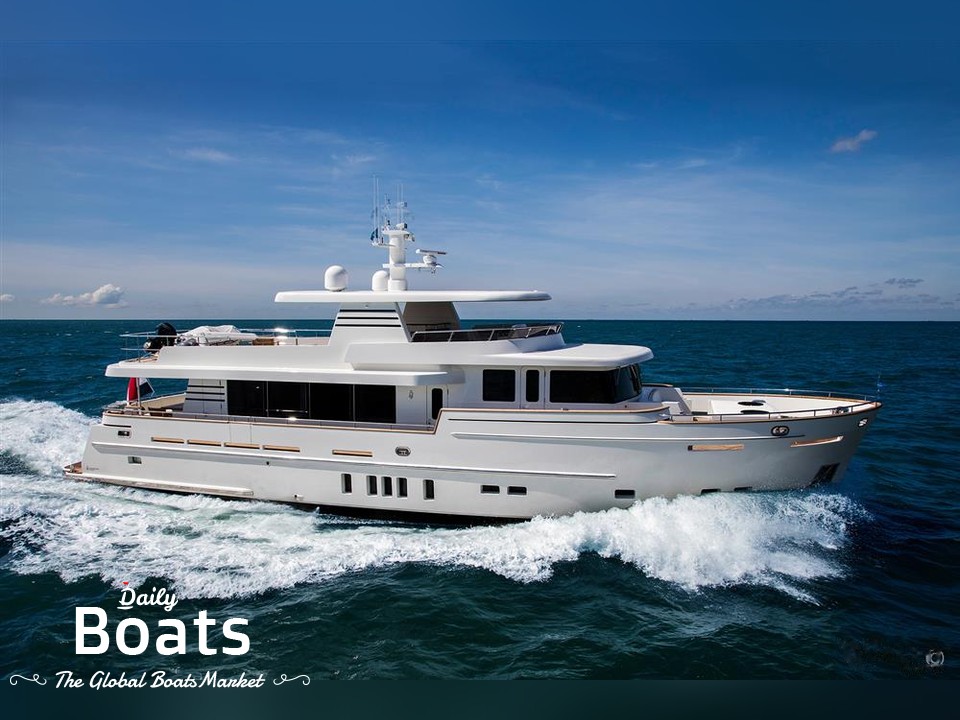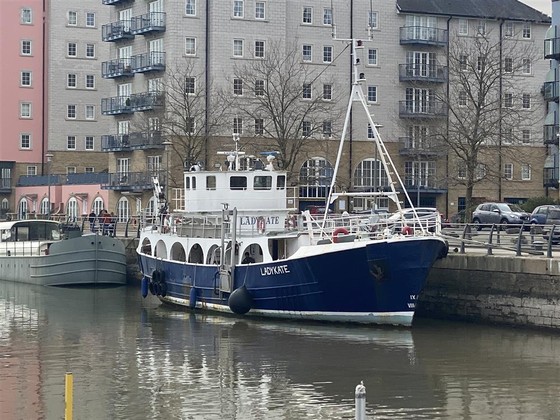Exploration vessels

What are Exploration vessels?
Introduction
An exploration vessel is a type of ship that is used for exploratory missions. These vessels are equipped with state-of-the-art technology and are designed to handle a variety of tasks, including research, surveying, and mapping.
Exploration vessels have been used throughout history to help humans discover new lands and cultures. Today, they continue to play an important role in our understanding of the world around us. There are many different types of exploration vessels, each with its own unique purpose and requirements.
If you're interested in learning more about exploration vessels, read on for a closer look at what they are, how they're used, and what it takes to operate one.
What is an exploration vessel
The purpose of an exploration vessel
An exploration vessel is a type of ship that is designed and equipped for exploratory voyages. The main purpose of an exploration vessel is to collect data about the earth's surface and oceans.
Exploration vessels are used for a variety of purposes, including scientific research, mapping, surveying, and resource extraction. They are also sometimes used for tourism or adventure travel.
Most modern exploration vessels are equipped with sophisticated sensors and scientific equipment, as well as comfortable living quarters for the crew. Some vessels also have special features like helicopters or submersibles that allow them to access difficult-to-reach areas.
The size of an exploration vessel can vary depending on its purpose and the environment in which it will be operating. Offshore exploration vessels are typically much larger than inland or space exploration vessels.
The history of exploration vessels
The first recorded use of an exploration vessel was by the Greek explorer Pytheas in 325 BC, when he sailed north from Greece in search of the fabled land of Thule. However, it is likely that earlier cultures also made use of boats and ships for exploring new lands and waters.
Throughout history, there have been many famous explorations carried out by sea, including the voyages of Christopher Columbus, James Cook, and Ferdinand Magellan. In more recent years, oceanographic research vessels like the HMS Challenger and RV Atlantis have made significant contributions to our understanding of the world's oceans.
The benefits Exploration Vessels
Some benefits associated with Exploration Vessels include:
- They help us to understand our planet better;
- They can be used for commercial purposes such as resource extraction;
- They can aid in disaster relief efforts;
- They can be used for tourism or adventure travel;
- They provide opportunities for international cooperation;
- They offer scientists a platform from which to conduct research;
- They give students hands-on experience with science and technology;
- They can be used to monitor environmental conditions;
- They can help us to find new sources of energy;
- They can be used to study the effects of climate change;
- They can help us to understand the ocean’s role in global climate.

What are the different types of exploration vessels
Offshore exploration vessels
An offshore exploration vessel is a type of ship that is used for exploratory activities in the open seas, usually beyond the territorial waters of any one nation. These ships are typically equipped with sophisticated scientific equipment and manned by experienced crews who can carry out a variety of tasks, including surveying, mapping, drilling, and sampling.
Offshore exploration vessels are often used to search for new oil and gas reserves beneath the sea. They can also be used to carry out environmental research or to support other maritime activities such as fishing or tourism. Some offshore exploration vessels are even equipped with submersibles or remotely operated vehicles (ROVs) that can be used to investigate underwater features.
The size and complexity of offshore exploration vessels vary depending on their purpose and the area in which they will be operating. Some are relatively small and simple ships that are only used for basic surveys, while others are large and complex rigs that cost hundreds of millions of dollars to build and operate.
Inland exploration vessels
Inland exploration vessels are ships that are used for exploratory activities in freshwater environments such as rivers, lakes, and estuaries. These ships are typically smaller than offshore exploration vessels and usually have shallower draft so that they can navigate in shallow waters. Inland exploration vessels may be equipped with scientific equipment for surveying and mapping purposes, but they are often less elaborate than those found on offshore vessels due to the different nature of the work they undertake.
Inland exploration vessels play an important role in supporting many different industries including shipping, trade, transportation, water management, fisheries, recreation, and tourism. They can also be used for environmental research or disaster response efforts.
What are the requirements for an exploration vessel
Physical requirements
The physical requirements for an exploration vessel vary depending on the type of vessel and its intended purpose. For example, offshore exploration vessels must be able to withstand the harsh conditions of the open ocean, while space exploration vessels must be able to operate in the vacuum of space. In general, however, all exploration vessels must be large enough to accommodate a crew and passengers, as well as all of the necessary equipment and supplies.
Technical requirements
All exploration vessels must be equipped with the latest in navigational and communication technology, as well as any other specialized equipment required for their intended purpose. For example, offshore exploration vessels may be equipped with sonar devices to map the ocean floor, while space exploration vessels may be equipped with telescopes and other scientific instruments to study distant planets and stars.
Operational requirements
In addition to meeting the physical and technical requirements, all exploration vessels must also meet certain operational requirements in order to be successful. For example, all crews must be properly trained in how to use the vessel's equipment and systems, and they must have a detailed plan of action for every mission. Furthermore, all exploration vessels must have a reliable support network in place in case of emergencies.
Conclusion
The exploration vessel is a type of ship that is specifically designed and equipped for conducting research and exploratory missions. These vessels have a long and rich history, dating back to the age of sail, and have played a vital role in the advancement of our understanding of the world. Today, exploration vessels continue to play a crucial role in oceanographic research, as well as in the search for new natural resources.
There are three main types of exploration vessels: offshore exploration vessels and inland exploration vessels,. Offshore exploration vessels are used for research missions in open waters, while inland exploration vessels are used for missions in rivers, lakes, and other inland waterways.
Each type of exploration vessel has its own unique set of requirements. Physical requirements include things such as size and crew accommodations. Technical requirements include things like propulsion systems and communications systems. Operational requirements include things like range and endurance.
Exploration vessels play a vital role in our understanding of the world around us. They allow us to conduct research in environments that would otherwise be inaccessible or dangerous for humans to venture into. With their help, we can learn more about our planet, its history, and its many wonders.







